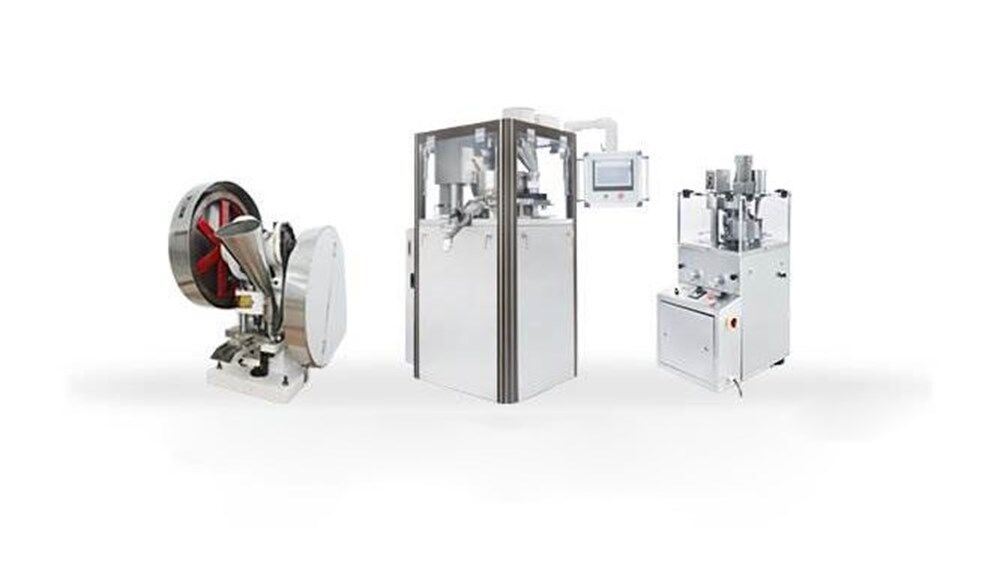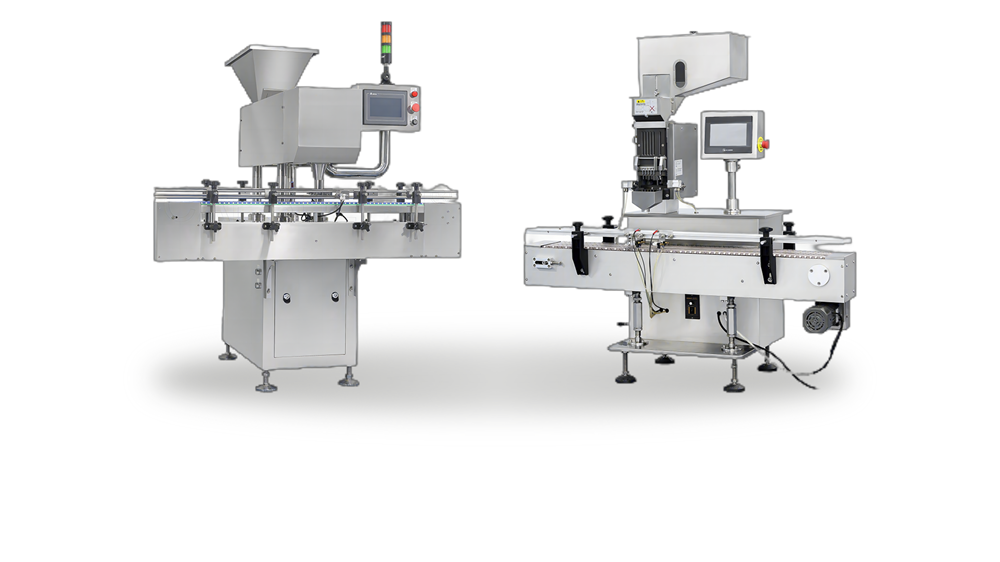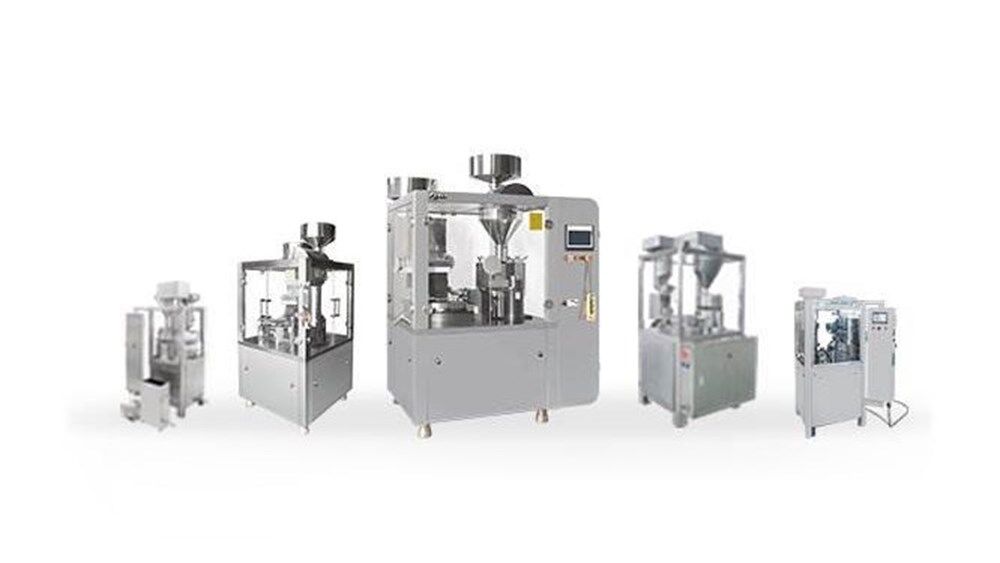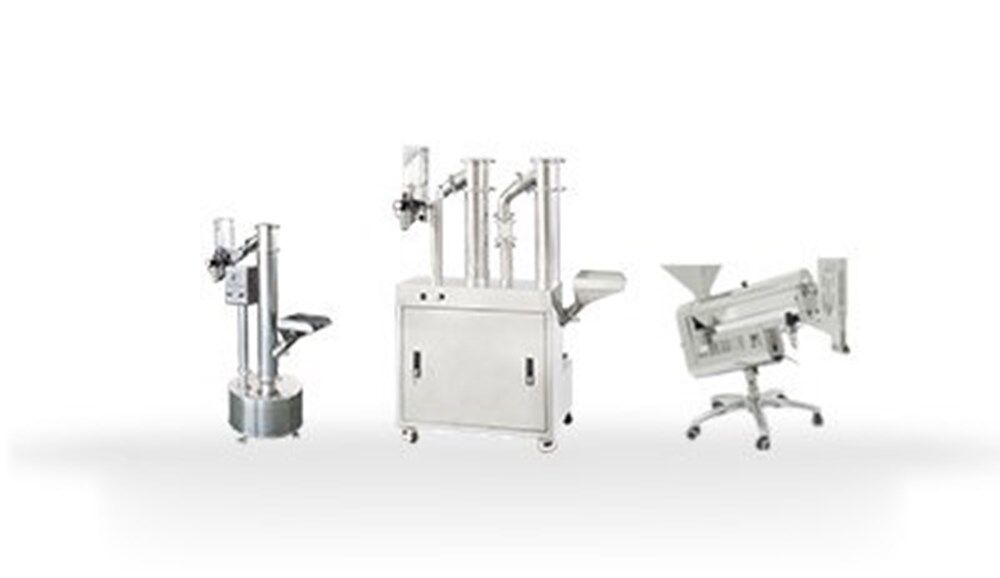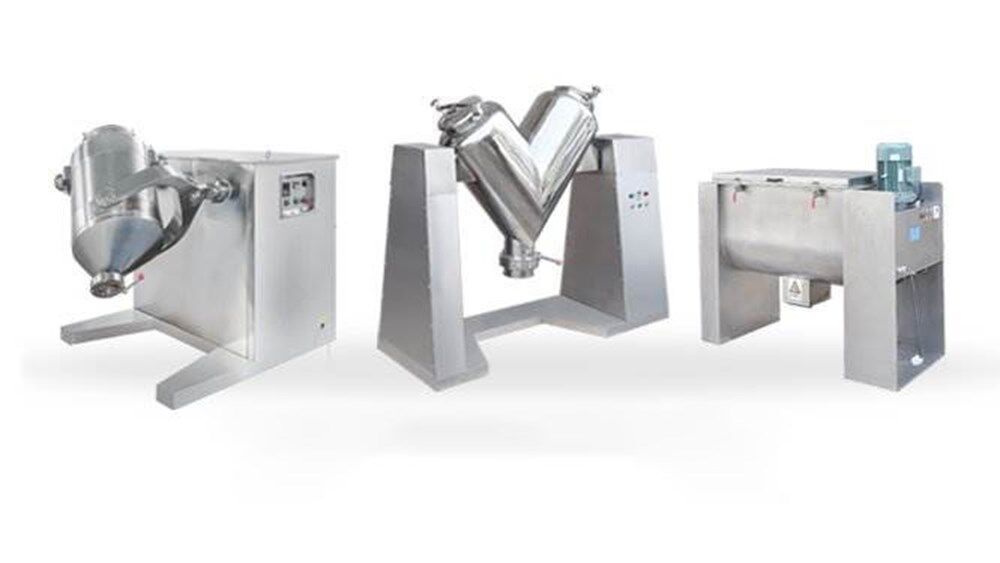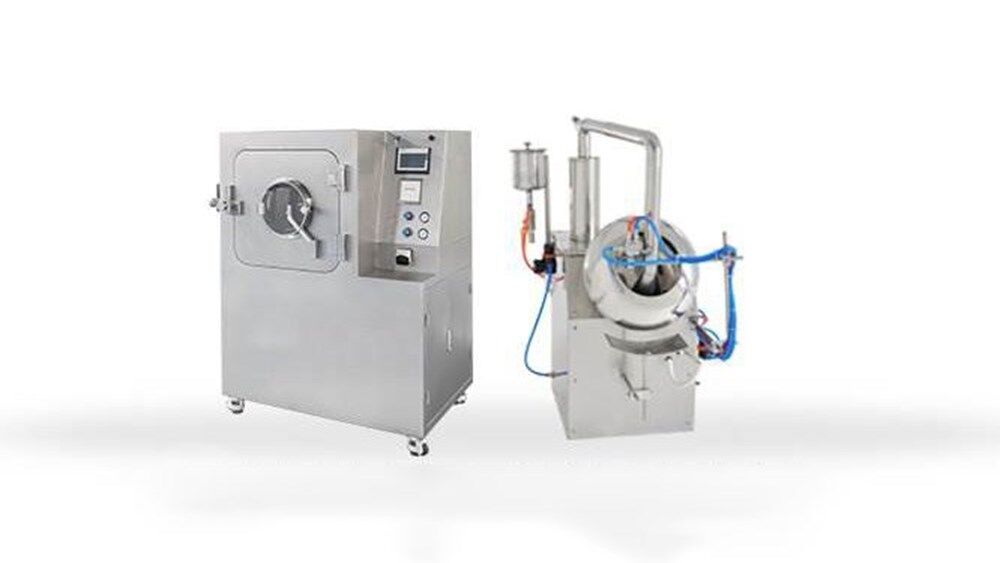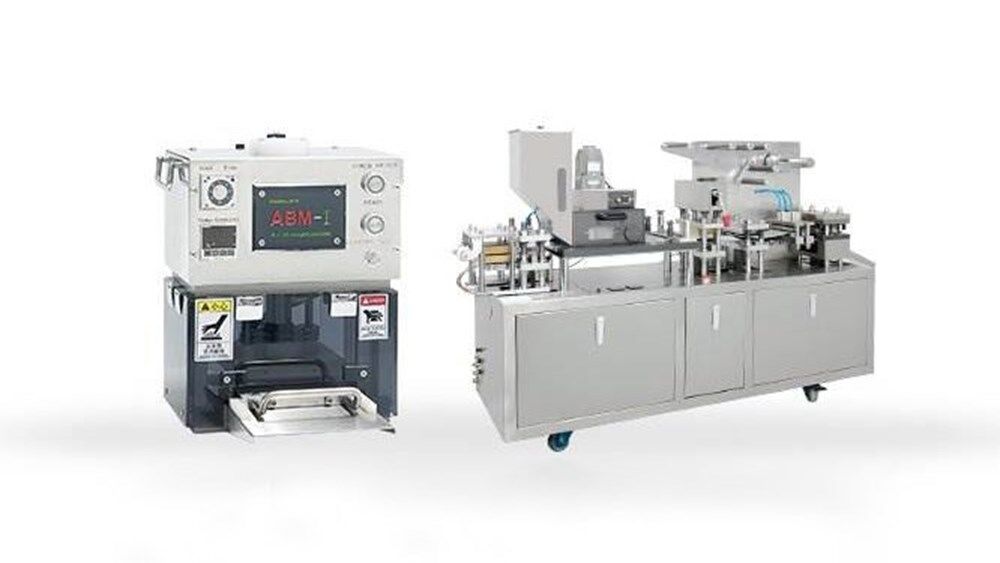What Are Vegetable Capsules? Your Complete Guide
Have you ever held a supplement bottle and wondered, 'What exactly are vegetable capsules?' More shoppers are now reaching for vitamins labeled "veggie caps" over traditional gelatin options. But why the switch? With vegetarian and vegan lifestyles becoming more mainstream—whether for personal ethics, health, or dietary needs—these two words carry real weight.
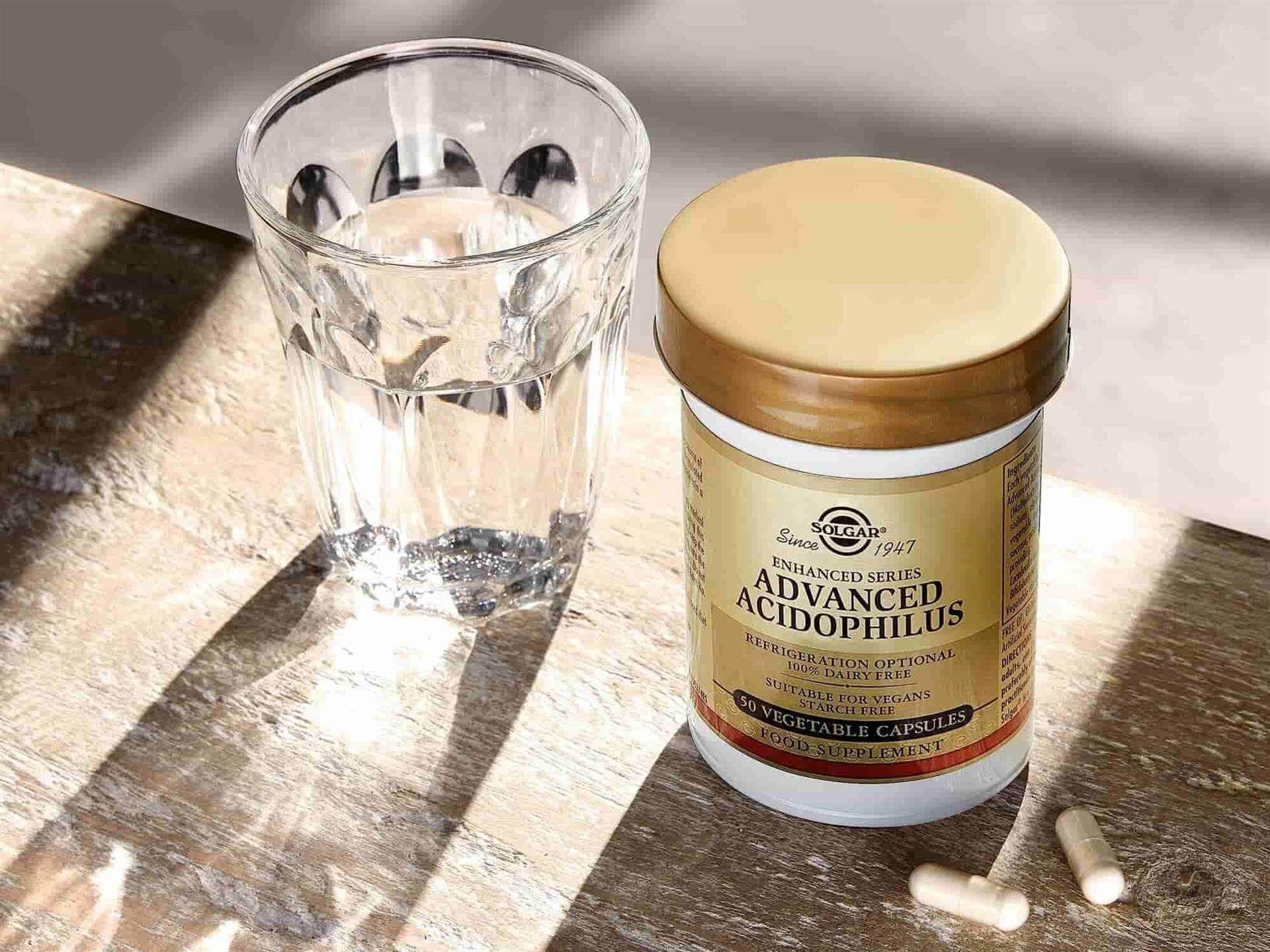
In this post, we'll break down what vegetable capsules are made of, why they're trending, and how they stack up against standard supplements. Let's dive in and unpack the facts about veggie capsules—no jargon, just straight talk.
What Is a Vegetable Capsule?
A vegetable capsule is sometimes called a vegetarian or vegan capsule. It's a pill casing made from plant-based materials instead of animal gelatin. This outer shell holds the powder or liquid of vitamins and medications just like gelatin capsules.
The main ingredient of this capsule is typically cellulose. It is a natural fiber found in plant cell walls. You might have heard about HPMC capsules. HPMC (hydroxypropyl methylcellulose) is the most common type of cellulose.
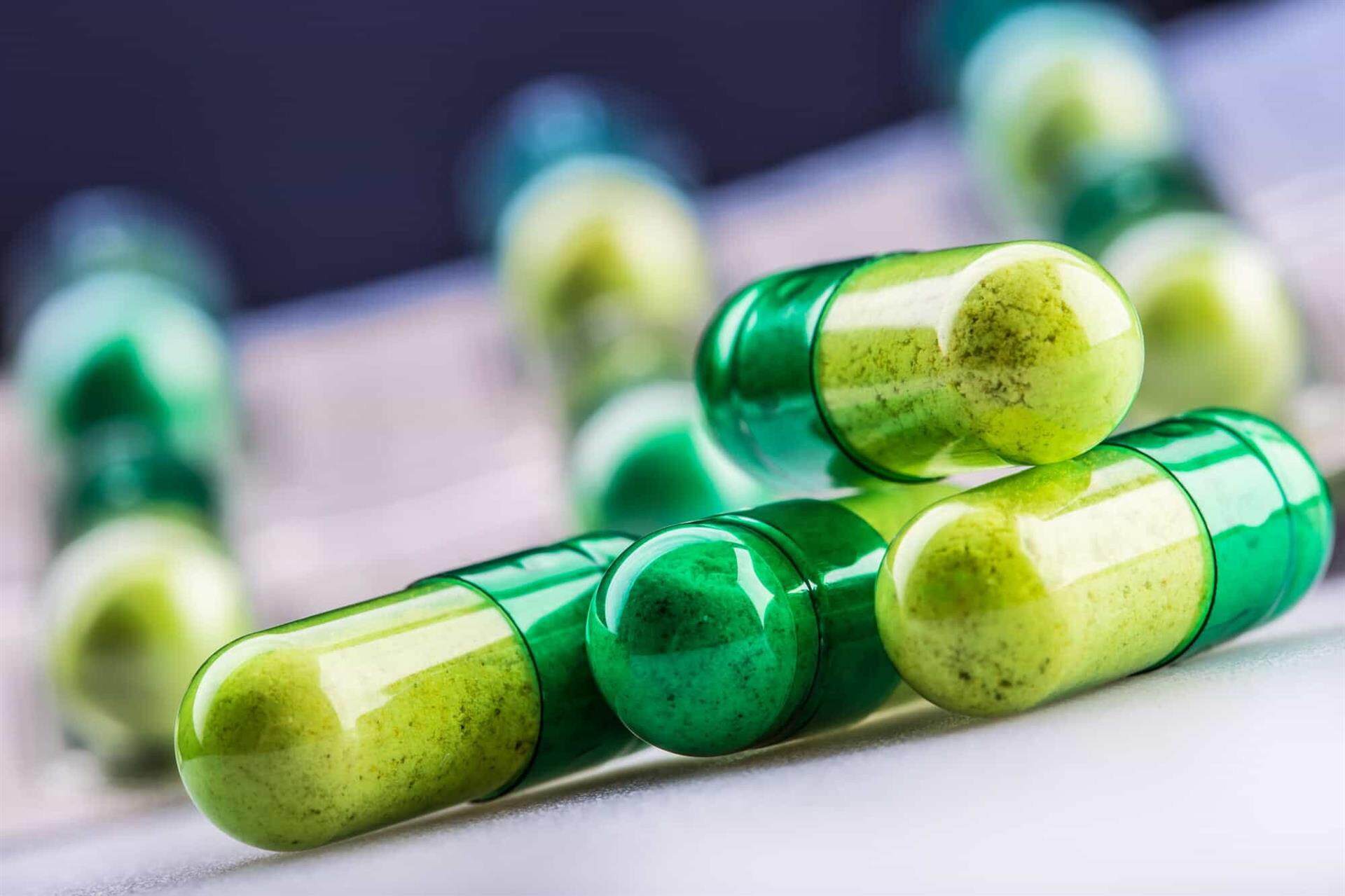
Vegetable capsules were first introduced around the late 1980s as an alternative to traditional gelatin caps. Over time, they've become popular among people who prefer greener options for their supplements.
What Are Vegetable Capsules Made Of?
So, what exactly goes into a vegetable capsule? Surprisingly few ingredients! Here are the common components:
– HPMC: This is the star ingredient. HPMC comes from plant cellulose (often from pine or poplar trees). It makes up the bulk of many veggie capsules. Clear and tasteless, this ingredient forms a sturdy yet digestible capsule shell.
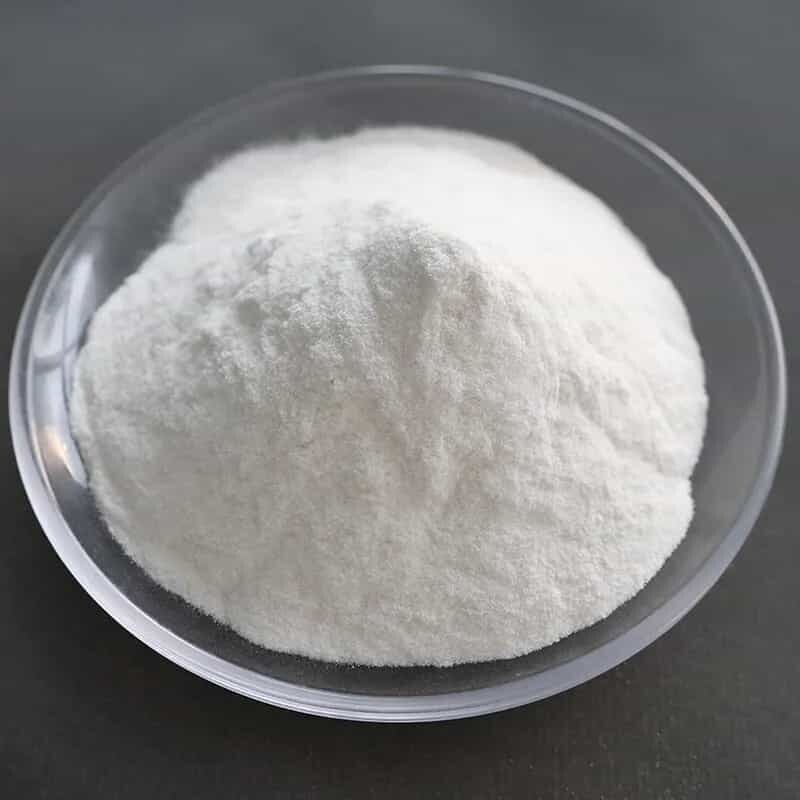
– Water: Water is used to help form the capsules. In HPMC capsules, typically the only other ingredient besides the plant fiber is purified water. Once the capsule is made and dried, a small amount of moisture remains to keep it from getting too brittle.
– Pullulan: Some vegetable capsules use pullulan. It is a natural substance made by fermenting tapioca or other plant starches. Pullulan capsules are also vegan. Known for being extra good at keeping out oxygen, they're great for protecting sensitive supplements.
– Gelling Agents: Common options are gellan gum, carrageenan, and pectin. They help form a gel-like structure. For example, a tiny bit of gellan gum is sometimes added to pullulan or HPMC capsules to help the capsule set in the manufacturing process. These gelling agents are also plant-based.
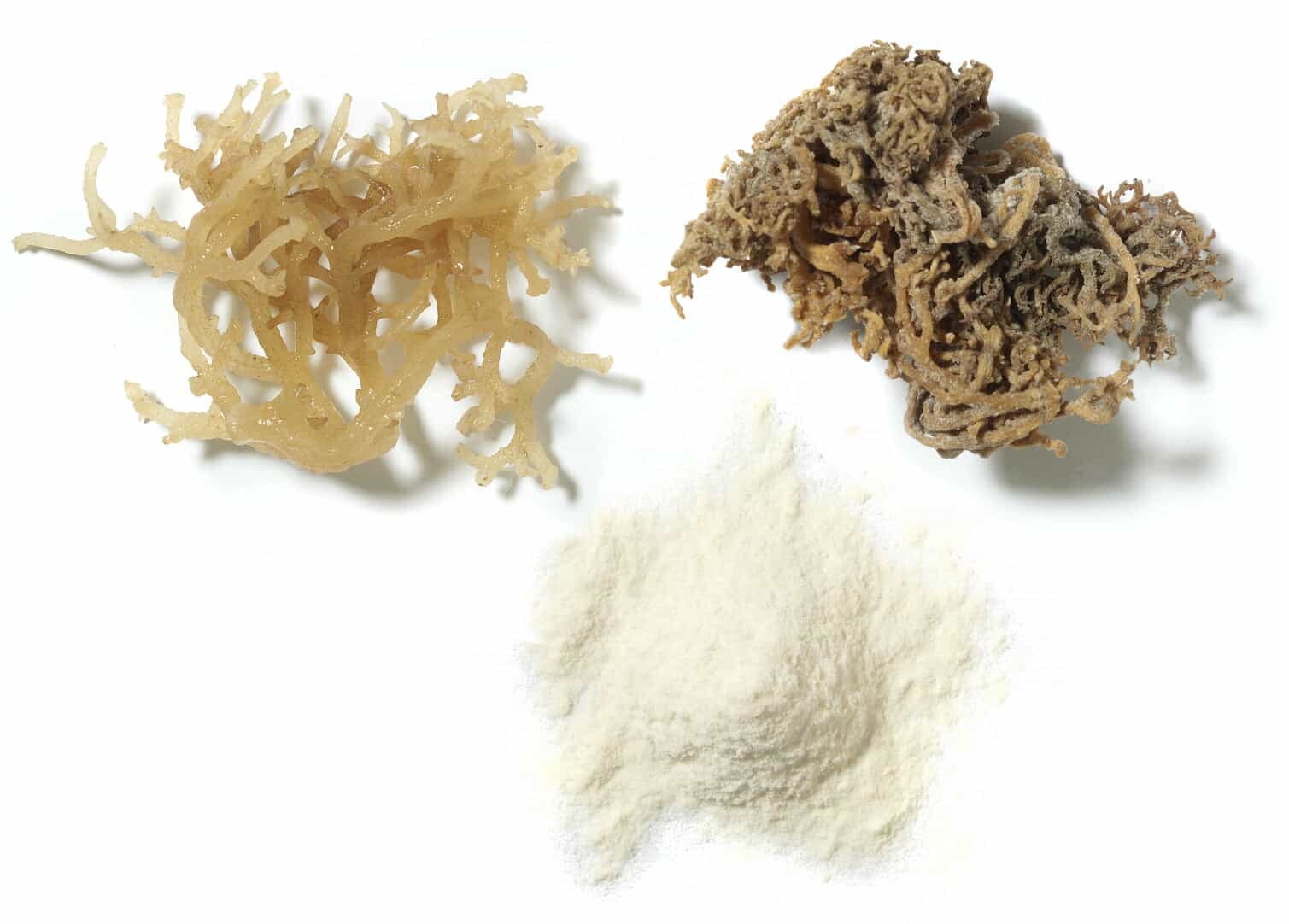
– Potassium or Other Minerals: In some formulations, minerals like potassium chloride might be present in trace amounts to aid the gelling process. However, many veggie capsules keep additives to a minimum.
Notably, no gelatin, animal by-products, or common allergens (like gluten) are in pure vegetable capsules. Many are also non-GMO and free of preservatives. The ingredient list is usually short and sweet. This simplicity is a big draw for folks who read labels carefully.
Pros and Cons of Vegetable Capsules
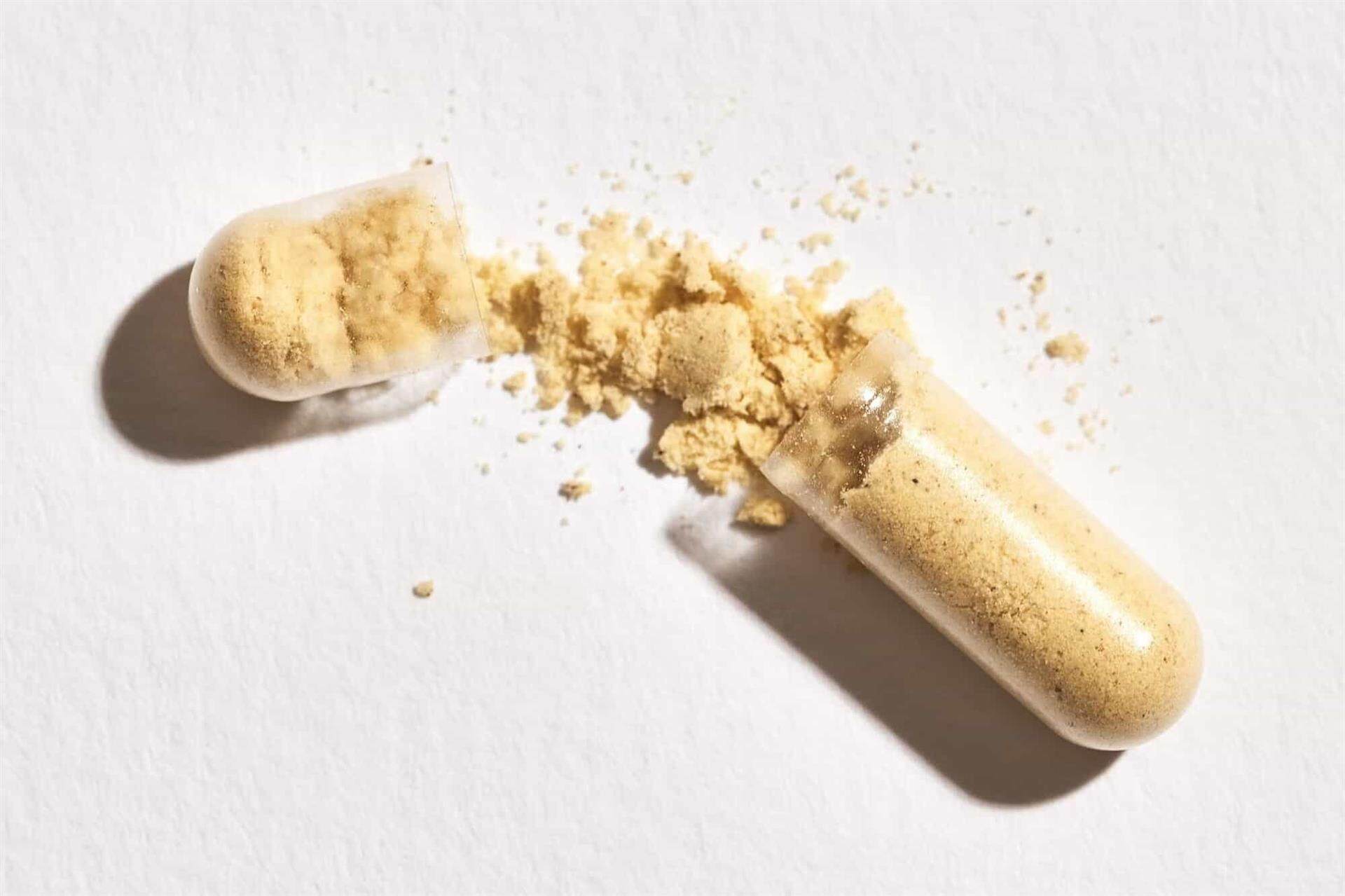
Like everything, veggie capsules come with their own perks and a few pitfalls. Let's break down the benefits and drawbacks in a friendly list:
Pros (Why People Love Veggie Capsules):
100% Plant-Based: No animal ingredients at all. This makes them suitable for vegetarians, vegans, and anyone who avoids animal products for dietary or religious reasons (they are often Kosher and Halal certified by nature).
No Unwanted Additives: Generally, they are free of gluten, preservatives, and allergens. Many brands are proud that their veggie caps are non-GMO and contain no weird chemicals.
Odorless and Tasteless: Just like gelatin capsules, vegetable capsules have virtually no taste or odor, making supplements easy to swallow without any icky aftertaste.
Easy to Digest: Veggie capsules are designed to dissolve easily in the digestive tract. They typically break down in the stomach or small intestine, releasing their contents quickly. Standard HPMC capsules dissolve in roughly 15 minutes in the stomach, which is not too far off from gelatin capsules (~5 minutes)—so you likely won't notice a difference in how fast they work.
Heat and Light Resistant: Vegetable capsules can be a bit more robust against heat and light compared to gelatin. For example, gelatin capsules may start to degrade at high temperatures (above about 60°C), whereas HPMC veggie capsules can handle slightly higher temps (around 80°C) before degrading. They also tend to resist UV light a bit better, meaning they won't break down as easily in sunlight.
Less Risk of Moisture Issues: Here's an interesting one—gelatin capsules hold more moisture inside the shell (about 13-16% water content) compared to vegetable capsules (which have about 3-8%). This actually helps the latter not get too brittle in very dry conditions. So in super dry climates or long storage, veggie caps might not crack as easily as gelatin caps can.
Cons (Things to Consider or Watch Out For):
Cost: Vegetable capsules usually cost a bit more to produce than gelatin capsules. That can make them a tad pricier for consumers. If you're buying empty capsules in bulk or purchasing certain supplements, you might notice veggie versions often have a slightly higher price tag.
Slightly Slower Dissolving: As mentioned, a standard vegetable capsule might dissolve a few minutes slower than a gelatin one. In practically all cases, this isn't noticeable for the person taking it. But technically, that difference exists. Regular gelatin caps dissolve fast at body temperature but can gel up if the liquid is cold (gelatin becomes insoluble below 30°C). Veggie HPMC capsules, on the other hand, dissolve easily even in room-temperature water.
Not Ideal for Certain Liquids: If you're trying to put liquid or gel substances into capsules, gelatin capsules can sometimes handle them better without reactions. Veggie capsules are usually great for powders. Some specialized vegetarian capsules exist for liquids, but regular ones might not be suitable for oils or liquid fills—they could start to soften or leak if not sealed properly.
Availability: In the past, gelatin capsules were far more common, and not every supplement had a vegetarian option. Nowadays, this is changing, but occasionally, you might find certain niche capsule sizes or colors more readily in gelatin form. However, with demand rising, veggie caps in all sizes are pretty easy to find.
How Are Vegetable Capsules Made?
The production process of plant capsules is very simple and not very different from that of gelatin capsules. A capsule filling machine is an essential piece of equipment in this process.
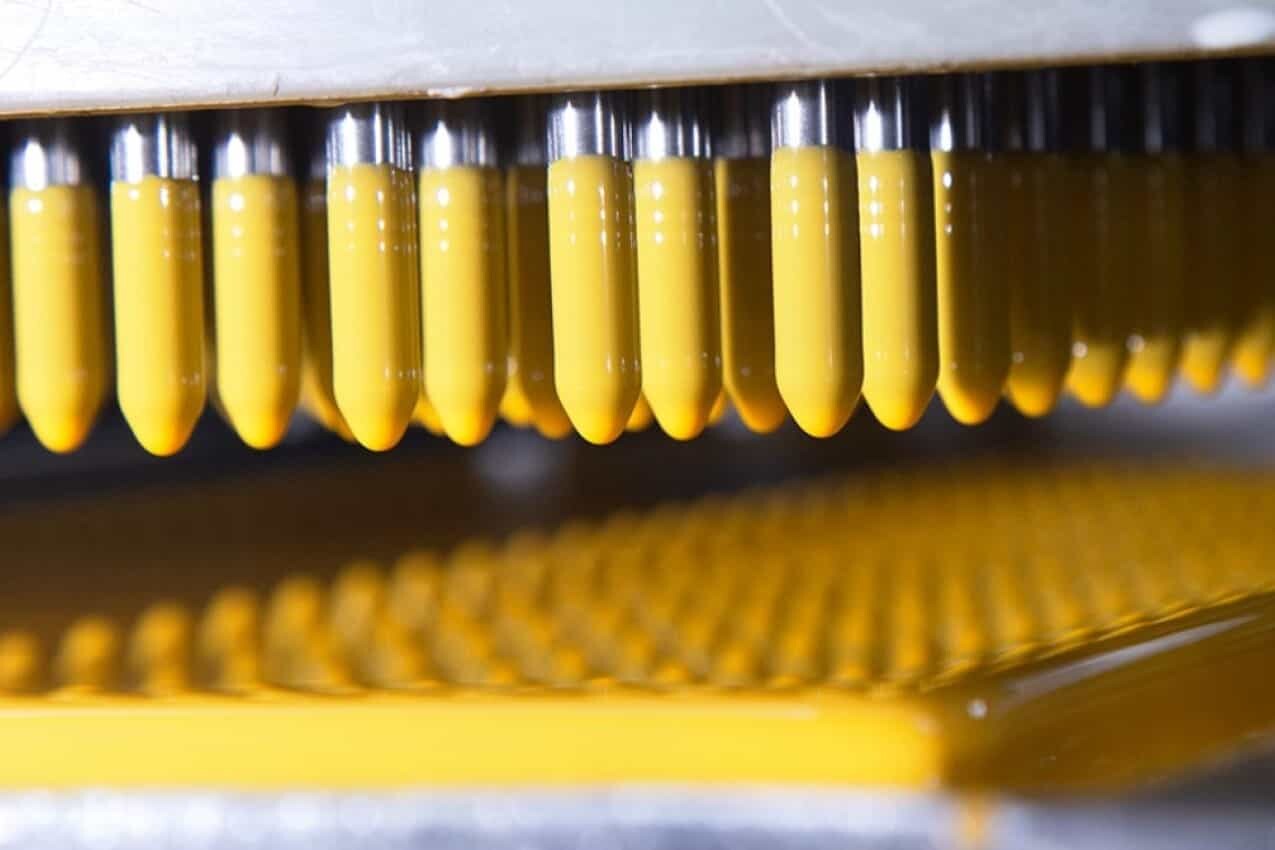
Step 1: Creating the Solution
First, the plant-based materials (like HPMC or pullulan) are dissolved in water to create a gel-like solution. This solution is clear and looks a bit like a thick syrup. Vegetable capsules can also be colored. Dyes, either natural or synthetic, are added to the solution.
Step 2: Dipping
Manufacturing machines have metal pins or molds that are shaped like the half of a capsule. These pins are dipped into the solution. A thin film of the HPMC solution coats each pin.
Step 3: Drying
The coated pins are then lifted up and rotated in cool air to dry. As they dry, the film turns into a solid capsule half. The moisture evaporates, leaving behind a sturdy plant-based shell.
Step 4: Stripping and Trimming
Once dry, the hardened capsule halves are stripped off the pins. They are then trimmed to the required length. Now we have two halves: a "cap" and a "body" for each capsule.
Step 5: Joining
The two halves are then fitted together. Empty capsules are usually shipped as joined halves (to keep them clean and ready for filling). They can be pulled apart later for filling with whatever vitamin or medicine powder you want.
Vegetable Capsules vs. Gelatin Capsules
Let's do a side-by-side comparison of vegetable capsules vs. gelatin capsules. Both types do the same job, but there are a few key differences:
|
Feature |
Vegetable Capsules |
Gelatin Capsules |
|
What They're Made Of |
Plants (cellulose from trees or tapioca). No animal products. Mostly fiber + water. |
Animal parts (gelatin from skin, bones, and tissue of cows or pigs). |
|
Vegetarian/Vegan? |
Yes! 100% plant-based. Also Halal and Kosher-friendly. |
No, contains animal ingredients. Only Halal/Kosher if made from fish or bovine sources. |
|
How Fast They Dissolve |
Breaks down quickly in the stomach (about 15 minutes). Works in warm and cool water. |
Breaks down slightly faster (around 5 minutes). But won't dissolve well in cold water. |
|
Heat & Light Resistance |
Handles heat better (won't melt until ~80°C). More resistant to sunlight. Blocks oxygen better, keeping contents fresh. |
Melts at lower temperatures (above 60°C). Sunlight can break it down over time. Oxygen passes through more easily, affecting shelf life. |
|
Best For |
Powders, vitamins, and herbal supplements. Not ideal for liquids unless specially designed. |
Works for powders and many liquids. But some ingredients can react with gelatin and slow down dissolving. |
|
Price & Availability |
Usually costs more but becoming more common. Available in many sizes. |
Cheaper and widely available. Used in most supplements for over 100 years. |
How to Choose the Right Vegetable Capsule?
If you've decided to go with vegetable capsules, here are some tips on picking the right one:
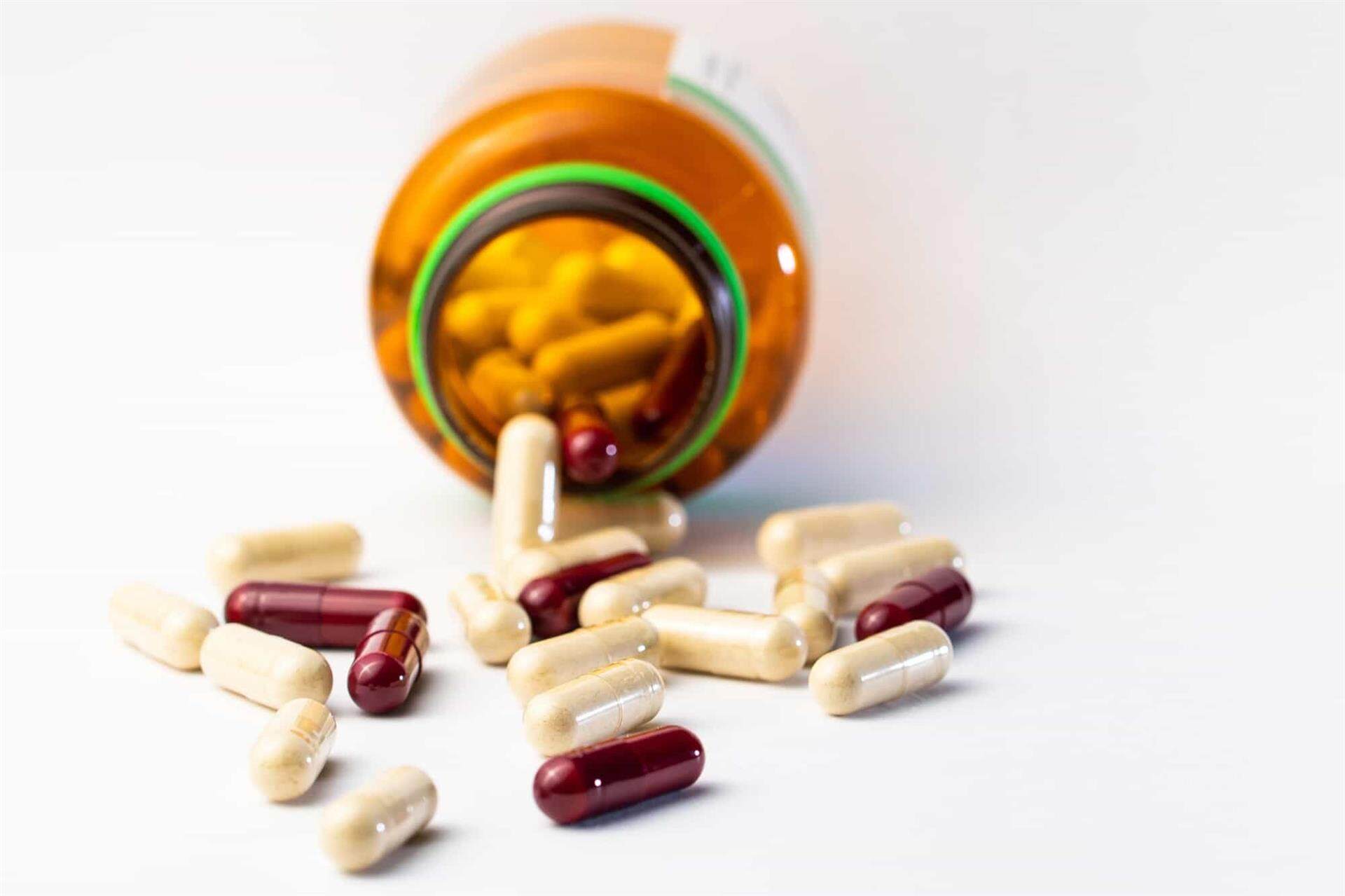
- Choose the Correct Size
Capsules come in standardized sizes, usually numbered from 000 (most significant) to 5 (smallest). Size 000 is quite large (holds about 1.37 ml of powder). Size 0 or 00 are common for adult supplements (0 holds ~0.68 ml, 00 holds ~0.95 ml). If you're buying empty capsules, check a size chart. For kids or pets, smaller sizes (like 4 or 5) might be easier to swallow.
- Check the Ingredients
Not all "vegetable capsules" are identical. Some might be pure HPMC and water. Others could be pullulan-based or tapioca-based. A few might use additives like carrageenan or gellan gum. While all are plant-sourced, some people avoid carrageenan. So, peek at the label.
- Dissolution or Release Type
Most veggie caps are immediate release. But there are special ones, often marketed as delayed-release or enteric-coated vegetarian capsules, that resist stomach acid and dissolve later in the intestines. These are great for probiotics or enzymes.
- Transparency vs. Colored
Vegetable capsules can be clear or come in various colors (using natural colorants in many cases). Clear capsules let you see the contents. Colored capsules might protect light-sensitive contents a bit. Choose based on your needs. For DIY, most go with clear.
- Brand and Quality
Stick to reputable capsule suppliers if buying empties. Look for capsules that mention certifications (like GMP manufacturing, and Halal/Kosher if that's relevant to you). Good quality veggie capsules should have a consistent size, lock together well, and have a long shelf life (2-5 years if stored well).
- Dietary Restrictions
Almost all veggie caps are gluten-free and allergen-free, but if you have a very strict diet (say, avoiding GMO corn). Some people also care about organic sources; there are a few companies making organic capsules from plant materials. Decide what matters to you.
- Pack Size
Are you an individual user or a business? If you just need a few, you can buy bottles of 100 or 500 empty capsules from health stores or online. If you're doing a lot of filling, buying in bulk (like packs of 1,000 or more) will be more cost-effective.
The Bottom Line
Vegetable capsules are no longer just an alternative—they're becoming the go-to choice. As more people prefer plant-based and "clean label" products, veggie capsules are set to grow even more popular.
What's Next?
— More Common Than Ever – Soon, most supplements might use veggie capsules by default. People are willing to pay a little extra, and as production scales up, prices are dropping.
— Smarter Capsules – Scientists are making veggie caps even better. Some now dissolve at just the right time or protect sensitive ingredients like probiotics. Future capsules might even open in specific gut areas for better absorption.
— Eco-Friendly Upgrades – Since they're already plant-based, the next step is making them even greener. We could see algae-based capsules or new materials that use less energy to produce.
Vegetable capsules are proof that even small things are evolving with consumer needs. They're safe, effective, and perfect for a plant-based lifestyle!
Leave your comment
Also Offers
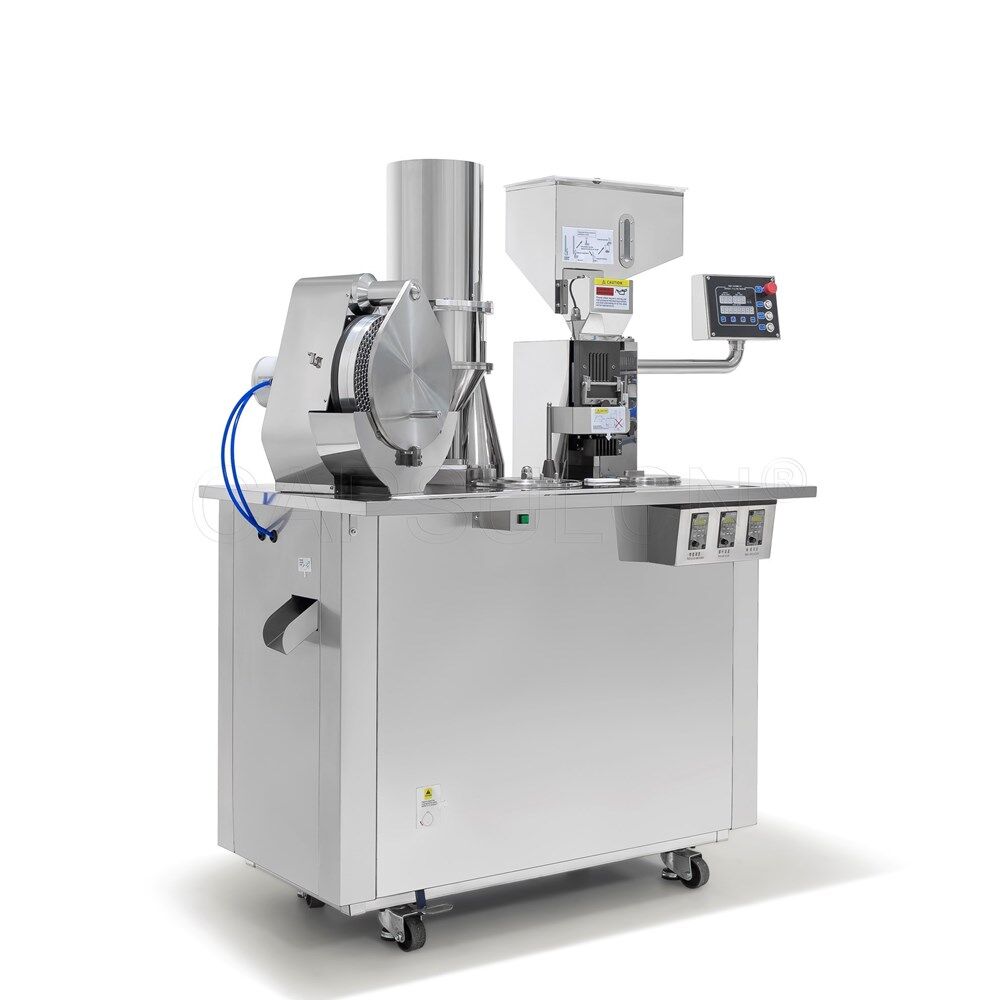
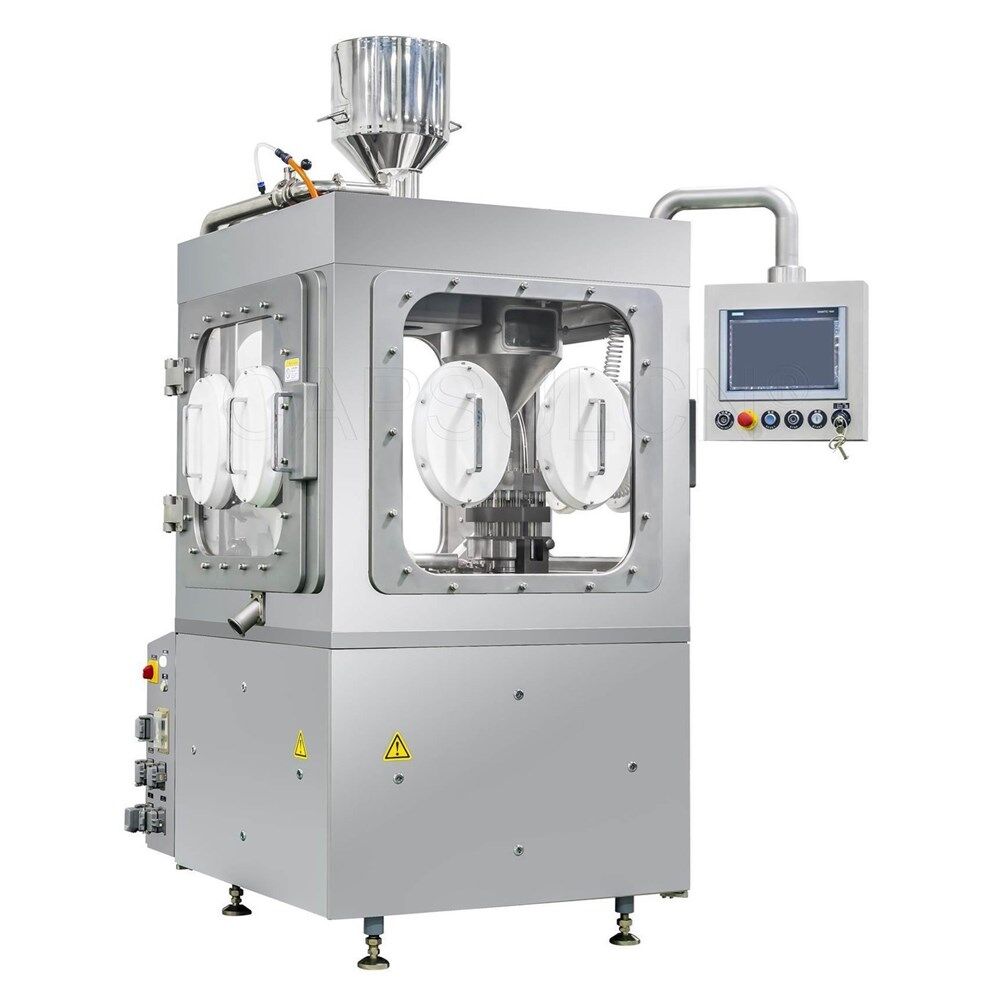
Containment Automatic Capsule Filling Machine SFK-703
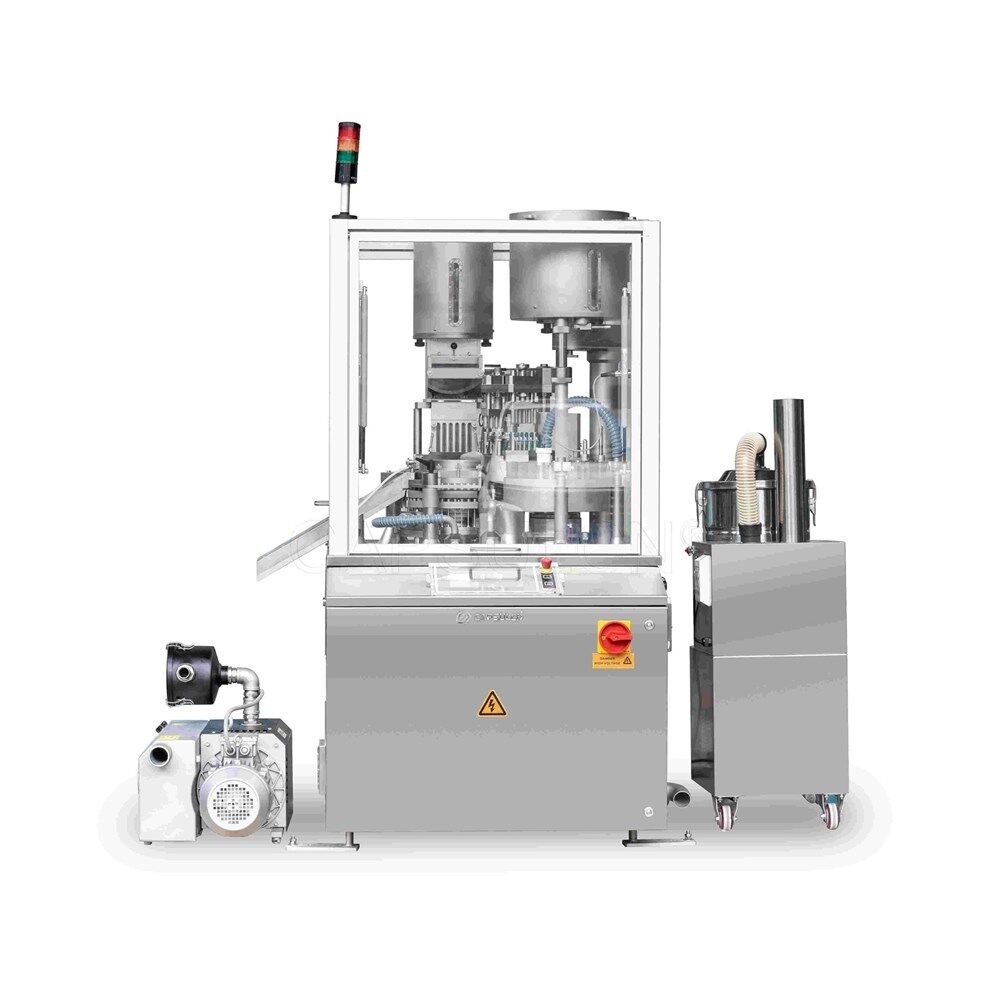
Fully Automatic Dosator Capsule Filling Machine CZ-40
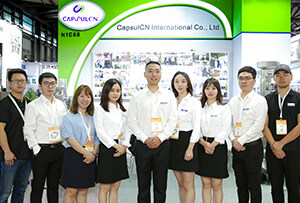
Our Team
As an expert in the pharmaceutical and pharmaceutical packaging industry, iPharMachine has provided solutions for hundreds of pharmaceutical and health product manufacturers for 17 years. By visiting customers, we get good reviews from our customers.
- info@ipharmachine.com
- English Español Deutsche
